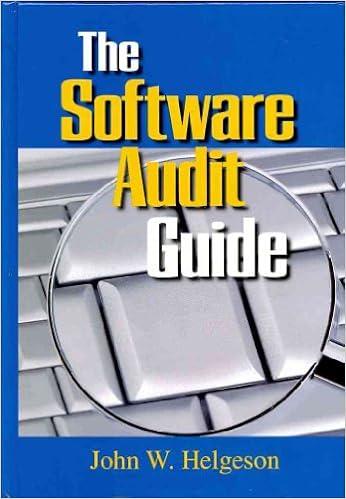Answered step by step
Verified Expert Solution
Question
1 Approved Answer
Solve Part E 1. (60 pts.) Consider the values shown in the table below. Assume: lo=200 t 1 2 3 4 5 6 Dt 1,100
Solve Part E

1. (60 pts.) Consider the values shown in the table below. Assume: lo=200 t 1 2 3 4 5 6 Dt 1,100 1,100 1,400 1,400 400 200 800 1,200 Ct 50 50 50 50 50 50 A 1,200 1,200 1,200 1,200 1,200 1,200 ht 1 1 1 10 1 1 Dt, lo, Q in units; ct in $/unit (to purchase or produce); At in $/Order; he in $/unit/time period a. Compute a 6-month production schedule and resultant cost based on Lot-for-Lot rule (with Q=2000). b. Compute a 6-month production schedule and resultant cost based on Fixed Order Quantity rule (with Q=2000). Formulate an Integer Programming model that minimizes total cost. d. Compute the optimal production schedule and resultant cost using Wagner-Whitin algorithm. e. In a comparison table, compare the total inventory policy cost of the three alternative policies (a, b, d) and explain briefly under what conditions each of them would be preferred. Explain briefly if and under what conditions a Just in Time (JIT) policy might make sense in this production enterprise. g. Suppose the total demand for the 6 periods given above times 2 is the estimate of the annual demand. Assuming A=1200, h=2, calculate the optimal EOQ policy, and explain if it could make sense to apply it for this case
Step by Step Solution
There are 3 Steps involved in it
Step: 1

Get Instant Access to Expert-Tailored Solutions
See step-by-step solutions with expert insights and AI powered tools for academic success
Step: 2

Step: 3

Ace Your Homework with AI
Get the answers you need in no time with our AI-driven, step-by-step assistance
Get Started


